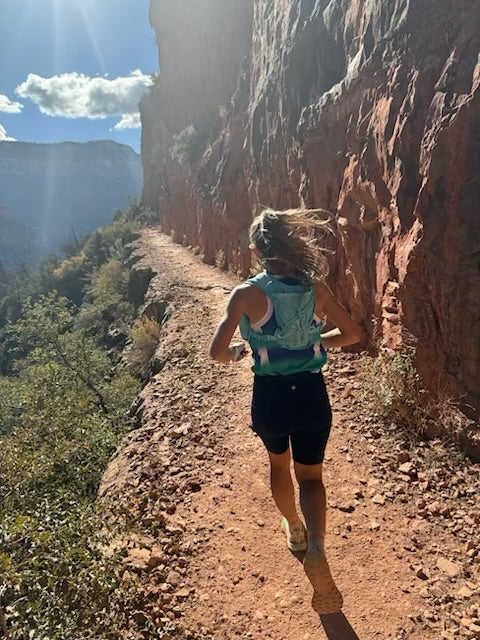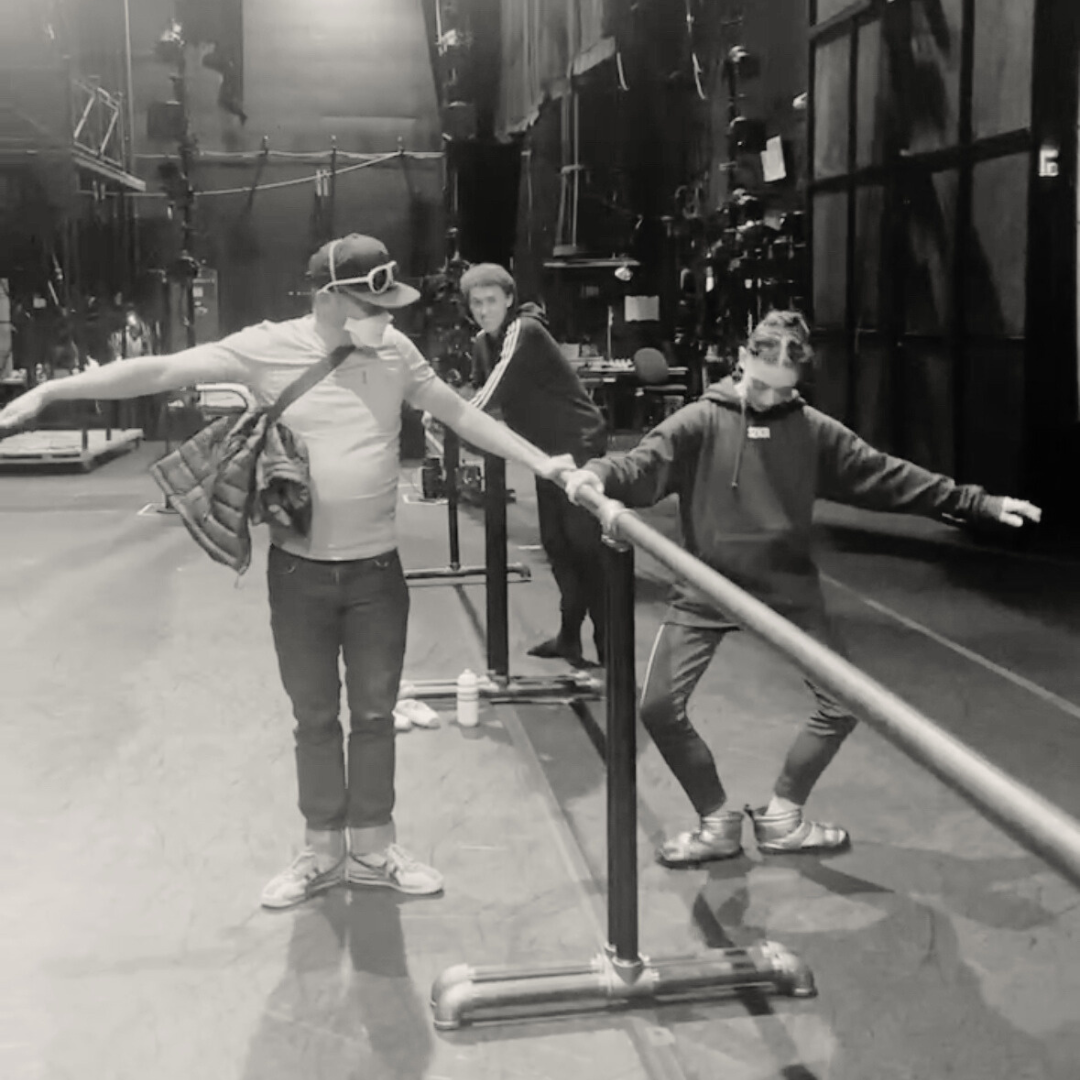Gravel Bike Setup - Tips + Recommendations

By REESE RULAND
I recently had the pleasure of racing Maisie's Pride, a 120-mile gravel bike race in Kansas. It's only my second race, but I'm no newbie to the gravel world. I’ve gone on plenty of huge gravel bike rides, adventures, and bikepacking trips. With each adventure, I’ve learned a little bit more about how to set up my gravel bike. When you do it wrong, it can suck. When you do it right, the ride goes so much smoother. So, here’s what I’ve learned and think everyone should consider for their gravel bike setup.

Gearing
Options abound when it comes to choosing components. So many, that it’s easy to get lost in the weeds thinking about a groupset for your gravel bike. Without going into extensive detail about gear ratios (more in-depth reading can be found on this great CyclingTips article), it is important to note the difference between 2x and 1x gearing.
2x vs. 1x Build Options
Gravel bikes sit somewhere in between road biking and mountain biking. Traditionally, modern road bikes use a 2x set up. Nowadays, most mountain bikes use 1x. What does this mean for gravel? Well, gravel bikes are typically built with either option. Many brands offer a 1x or a 2x build. We like to think of 1x builds as the surefire adventure set up. Great for those huge backcountry rides or those long days in the saddle, a 1x setup is used when it’s not necessary to have a super high cadence to get an advantage over someone else. 2x on the other hand, often lends itself to being better for the gravel racer. With a 2x setup, you have gearing options to get you quickly up a hill and then big enough gears that allow you to still push out the power on the descents.
If you compete, you have to weigh your options. 1x will cut weight, but you'll need to choose your gearing for the course you'll be racing. I raced SBT Grvl on 1x SRAM Axis with a 40 upfront a 10/33 and was just fine. The climbs weren't super steep and I was able to draft on most of the descents. If you don't want to think too hard about what gears to use, having two chainrings up front is a great option to cover all your bases.
Tire Pressure
Ideally, when you set up your gravel bike for a race or ride, you need to strike a balance between traction, comfort and reduced rolling resistance. Low tire pressure, while it provides more traction and potentially more comfort, can lead to flats and dented rims. Unfortunately, we don’t have a “one size fits all” when it comes to tire pressure. We wish there was, but this answer depends on many variables.
To start, I’d recommend you set your tire pressure first according to the manufacturer's weight suggestions. From there, adjust your pressure based on terrain and your comfort.
Variables like rider weight and pack weight, type of terrain, tire make and wheelset will all influence your tire pressure. VeloNews conducted some interesting research on optimal tire pressure for riding gravel. Their study showed that, "a rider weighing around 150 pounds will be faster on dirt roads at around 30psi on a 700×35-millimeter than he or she would be with that tire at significantly higher or lower pressure." also note that a PSI (pounds per square inch) between 50 and 70 produced the least rolling resistance and the most comfort.
Above all, though, we do recommend one important thing regardless of tire pressure. Set your tires up so they are tubeless. You’ll have fewer flats, more riding, and more fun.
A quick note: Remember to check the rim manufacturer’s air pressure specifications. You really can over-inflate your tires and cause some serious issues, like a tire blowing off the rim just when you don’t need it to.

Use Bikepacking Bags for Your Gear
Whether you are setting your gravel bike up for a race or an adventure, having extra storage options is always helpful. These days, pack options are nearly endless. From frame bags and top tube bags to cargo cages and classic panniers you really can mount a bag just about anywhere on your bike. It really just depends on your needs and how you plan to use your bike.
If you're racing your gravel bike, mounting bags to your bike may seem cumbersome or less than aero. You’ll probably want to try to reduce any weight you carry as much as possible. We suggest that you wear a small hydration pack combined with some sort of minimalist frame pack or top tube bag to carry your nutrition and toolkit. By carrying a bit more water with you on your back, you’ll have to stop at aid stations less. This will help you minimize time spent filling up bottles at stations. Instead, you can simply swap a pack from your drop bag at the aid station and be on your way.
GPS Computer for Gravel Riding
A good GPS computer is crucial for any gravel rider, gravel racer or adventurer. Sure, it records your data and you can see your heart rate and power output, but more importantly, it will help you stay on course. Most newer GPS computers can store routes, which you can then follow as you ride. I personally use a Wahoo Fitness computer, because I find the app and the operating system to be the easiest and most intuitive. But there are various makes and models of computers out there that you can research. Look for one that has route/waypoint features and long battery life. Often times, for races, the course won’t be marked but they’ll provide a GPS file ahead of time that you can upload and follow during the race.
Test and Tweak, Test and Tweak
Whether you decide to race, adventure or simply meander here and there, you'll want to make sure that you test your gravel bike setup on shorter rides. Play with tire pressure. Play with packs and play with your overall gearing on rides that don’t take you too far from home but may simulate a longer ride you have in mind. You’ll know, pretty quickly on a short ride, if things are comfortable or not, or if that pack you attached to your seatpost throws off your balance too much. Depending on how it all goes, tweak as necessary. The time you take early on to get things dialed in the way you like them will seriously pay off once you hit the road for the long miles.
But let’s not forget the most important thing? We ride bikes because bikes are fun - especially gravel bikes with a dialed-in setup… and donuts at the end.














